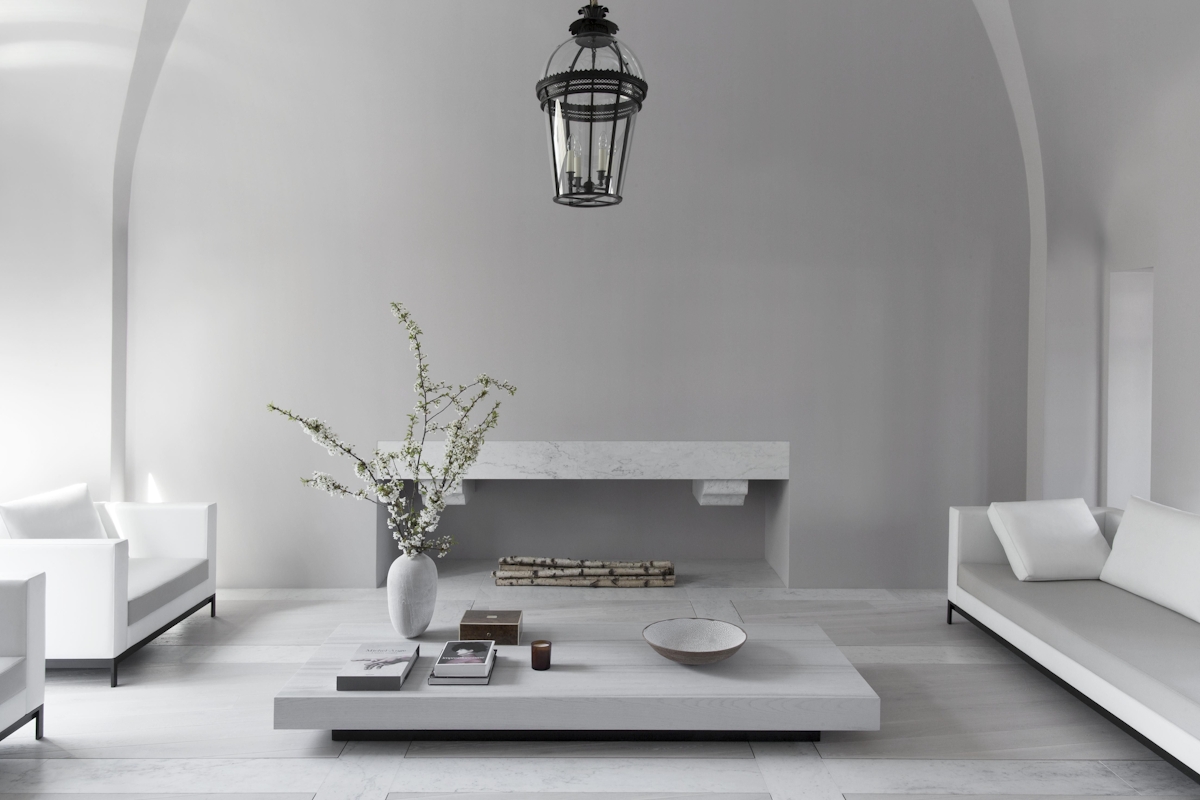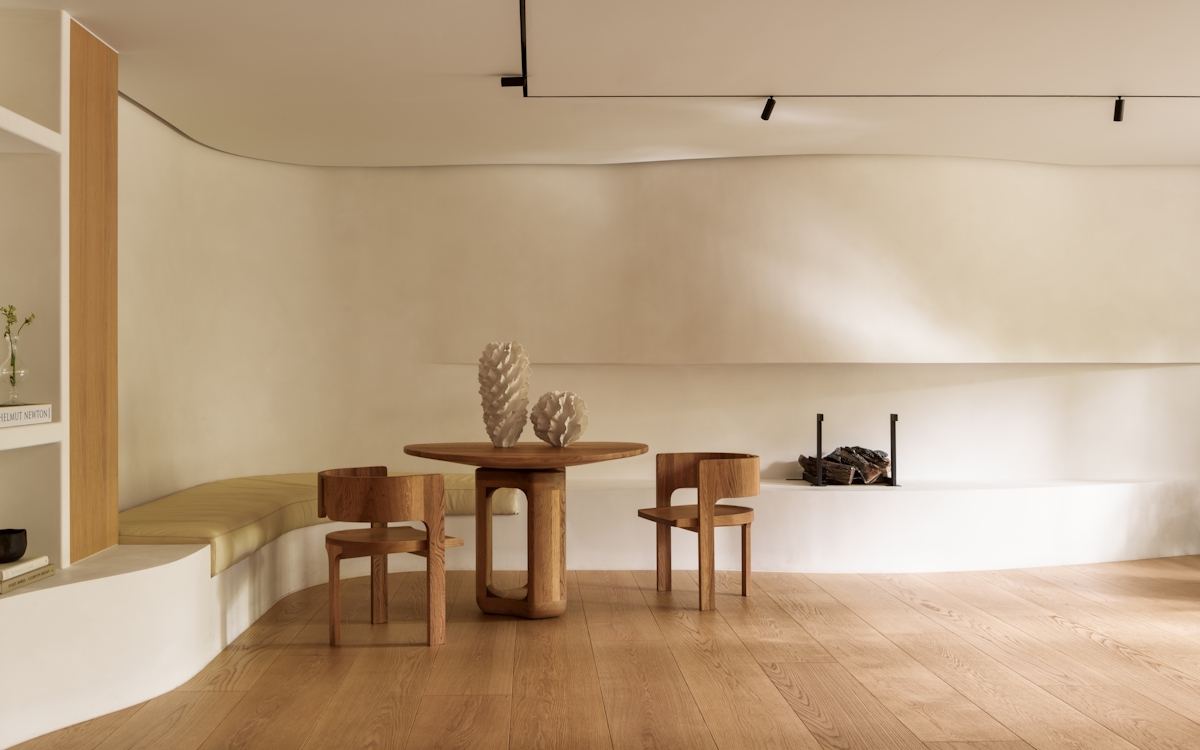If it’s true that your environment is a reflection of your mind then those who embrace minimalist design are on the right path. Associated with bringing a sense of mental clarity, freedom from the distraction of clutter and offering a clean slate from which to start each day, minimalist interiors make one of the strongest cases for how one’s home can have a positive impact on one’s life.
Trimmed with frills, layered in pattern and steeped in colour this aesthetic is not. The definitive style—crisp, refined and devoid of fuss—is rooted in the conviction that less is more. It understands that the inherent beauty of materials requires no additional layers of detail. And, when it comes to craftsmanship and quality, minimalism knows that those are the only things that matter.




